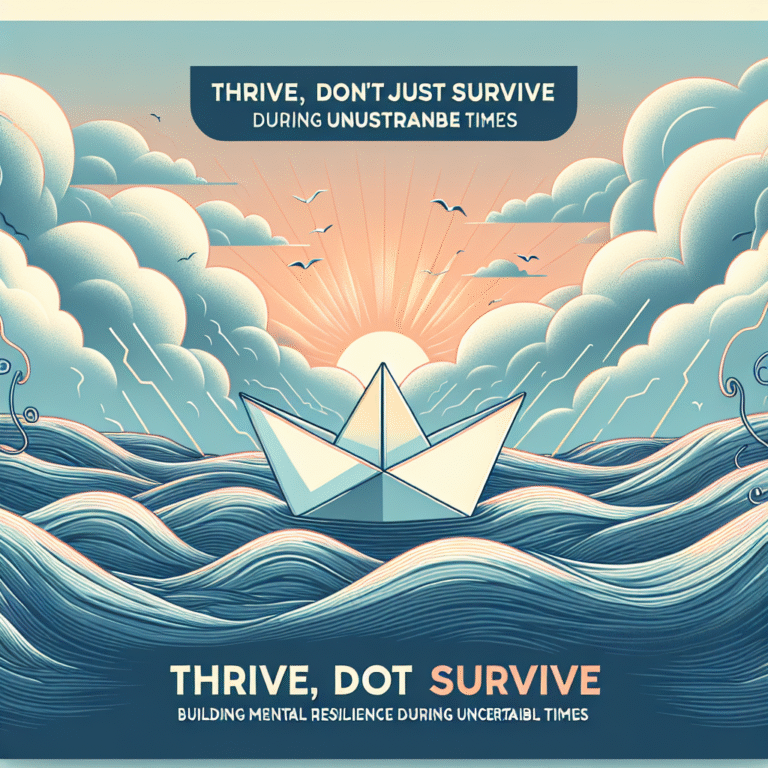
Emotional Intelligence in Action: A Behavioral Approach to Social Learning for Ultimate Success
Introduction
In an age where technical skills dominate the marketplace, one aspect remains crucial yet often overlooked: Emotional Intelligence in Action: A Behavioral Approach to Social Learning. When we hear "emotional intelligence" (EI), images of empathetic leaders and harmonious teams may come to mind. However, it is much more than a buzzword or a fleeting trend. It is the foundation of effective communication, relationship building, conflict resolution, and personal growth. In a world that thrives on social connectivity — from workplaces to virtual classrooms — the role of emotional intelligence could not be more significant.
This comprehensive article delves into how emotional intelligence can be harnessed through a behavioral approach to social learning, ultimately enhancing interpersonal interactions and fostering personal development. Come along as we explore case studies, delve into relevant data, and provide actionable steps you can take to unlock the power of EI in your everyday life.
Understanding Emotional Intelligence
What is Emotional Intelligence?
Emotional intelligence refers to the capability to recognize, understand, and manage our own emotions while also being able to recognize, understand, and influence the emotions of others. Daniel Goleman, a psychologist who helped popularize the concept, identified five key components of EI:
- Self-awareness: Recognizing your own emotions and how they affect your thoughts and behavior.
- Self-regulation: The ability to manage and control your emotional responses.
- Motivation: A passion for work that transcends money and status, driven by a strong sense of purpose.
- Empathy: The ability to understand the emotional makeup of other people.
- Social skills: Proficiency in managing relationships and building networks.
The Behavioral Approach to Social Learning
Social learning theory posits that we learn from observing others in social contexts. According to Albert Bandura, observational learning entails noticing the consequences of a behavior, which will subsequently influence whether one chooses to replicate that behavior.
When incorporating a behavioral approach to emotional intelligence, individual actions become primary subjects of study. We assess not only what people feel but also how they express those feelings in social settings. This understanding can significantly elevate our ability to navigate complex emotional landscapes, empowering us to influence behaviors positively.
The Importance of Emotional Intelligence in Action
Why Is Emotional Intelligence Important?
In workplaces, social environments, and personal relationships, individuals with high emotional intelligence tend to:
- Enhance team performance.
- Resolve conflicts more effectively.
- Improve communication and collaboration.
- Promote a positive work atmosphere.
- Lead to better mental health and resilience.
The Impact of Emotional Intelligence on Learning
In educational settings, students with high EI are often better at using social learning tactics such as collaborative learning and peer teaching. These skills not only contribute to enhanced academic performance but also support lifelong learning.
Table 1: Benefits of Emotional Intelligence in Educational Settings
| Benefit | Explanation |
|---|---|
| Improved Relationships | Better emotional regulation allows for constructive peer interactions. |
| Increased Engagement | Students invested in their own and others’ emotions tend to engage. |
| Enhanced Learning | Emotional understanding aids in the retention and application of knowledge. |
Case Studies Illustrating Emotional Intelligence in Action
Case Study 1: Tech Start-Up’s Team Dynamics
Background: A tech start-up faced challenges in meeting project deadlines, primarily due to communication breakdowns.
Application of EI: The founders introduced training that linked emotional intelligence with team collaboration techniques. Workshops focused on empathy, active listening, and emotional regulation.
Outcome: After three months, the team reported a significant increase in productivity, collaboration, and morale. The start-up not only met project deadlines but also fostered a cohesive working environment.
Analysis
This case exemplifies Emotional Intelligence in Action: A Behavioral Approach to Social Learning, demonstrating how actively engaging with emotional intelligence contributed positively to a team’s performance.
Case Study 2: School Classroom Management
Background: A middle school faced behavioral issues that hindered the learning environment.
Application of EI: The administration implemented an EI program aimed at both students and teachers. Training included recognizing emotions, managing stress, and developing social skills.
Outcome: Over a semester, disciplinary actions decreased by 40%, while student engagement soared, leading to improved academic performance.
Analysis
By applying emotional intelligence principles in educational settings, this case highlights the significance of a behavioral approach to social learning, demonstrating its efficacy in fostering a positive environment.
Implementing Emotional Intelligence in Action: Strategies for Success
Strategy 1: Self-Awareness and Reflection
To practice Emotional Intelligence in Action: A Behavioral Approach to Social Learning, start with self-awareness:
- Journaling: Write about daily emotional experiences to identify patterns.
- Feedback: Seek regular feedback from peers to understand how your emotions affect others.
Strategy 2: Empathy Building Exercises
Empathy forms the backbone of emotional intelligence. Engage in activities that enhance empathetic understanding:
- Role-Playing: Simulate situations where you must understand another’s perspective.
- Active Listening: Practice truly listening without planning your response.
Strategy 3: Conflict Resolution Practice
Comprehensive conflict resolution strategies augment EI skills:
- Mediation: Facilitate discussions between conflicting parties, focusing on emotional understanding.
- Negotiation Techniques: Use “I” statements to express feelings without casting blame.
Chart 1: Steps for Effective Conflict Resolution
| Step | Action |
|---|---|
| Recognize Emotions | Acknowledge your own and others’ feelings. |
| Communicate Clearly | Use straightforward, non-confrontational language. |
| Seek Solutions | Collaboratively identify a resolution that satisfies all. |
Key Takeaways and Actionable Insights
As we’ve explored, Emotional Intelligence in Action: A Behavioral Approach to Social Learning is not merely an academic concept but a practical toolkit for enhancing interpersonal connections and personal effectiveness.
Summation of Key Points
- Emotional intelligence enhances communication and conflict resolution.
- Learning through observation and practice solidifies emotional competencies.
- Real-world applications, as illustrated in case studies, demonstrate its efficacy in various settings, from organizations to classrooms.
Motivational Takeaway
Embrace the journey of emotional growth. Each interaction is an opportunity to deepen your understanding and application of emotional intelligence. Start today, take actionable steps, and watch as your relationships and effectiveness transform.
Frequently Asked Questions (FAQs)
1. What are the key components of emotional intelligence?
The key components include self-awareness, self-regulation, motivation, empathy, and social skills.
2. How can I develop my emotional intelligence?
You can develop EI through self-reflection, practicing empathy, seeking feedback, and engaging in conflict resolution training.
3. What role does emotional intelligence play in leadership?
In leadership, EI enhances communication, fosters teamwork, and improves motivation among team members, leading to greater organizational success.
4. Are there any specific exercises to improve emotional intelligence?
Yes, exercises such as journaling, role-playing, and active listening workshops are effective ways to build emotional intelligence.
5. Can emotional intelligence be improved over time?
Absolutely! Emotional intelligence is not a fixed trait; with dedicated effort and practice, individuals can enhance their EI significantly.
By embracing Emotional Intelligence in Action: A Behavioral Approach to Social Learning, you set the stage for personal and professional success. Harness the power of emotions wisely, and watch as it transforms your interactions and experiences. Start implementing these strategies today, and share the journey towards emotional intelligence with those around you!

















